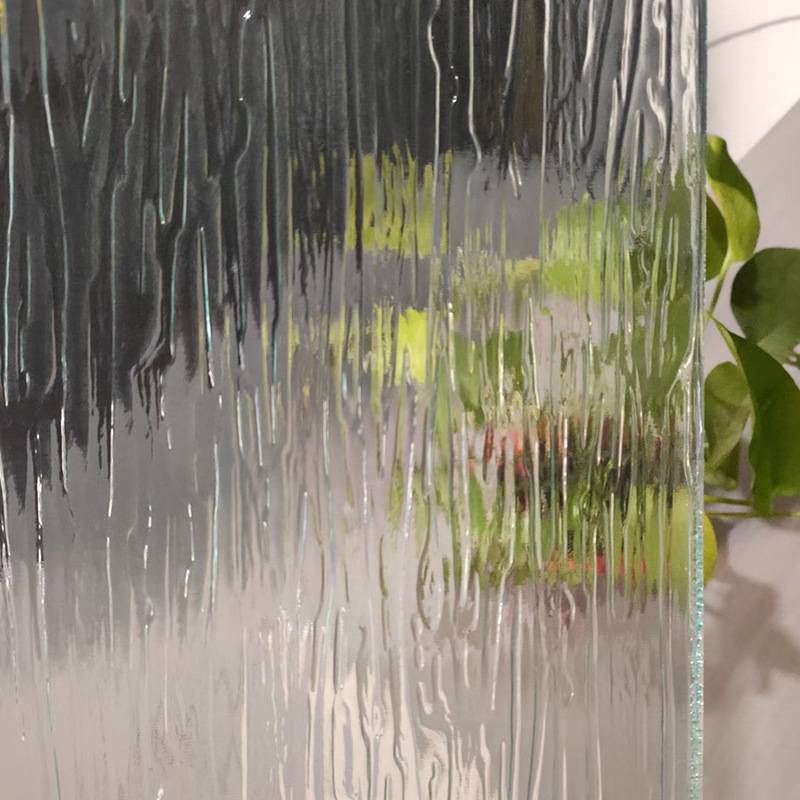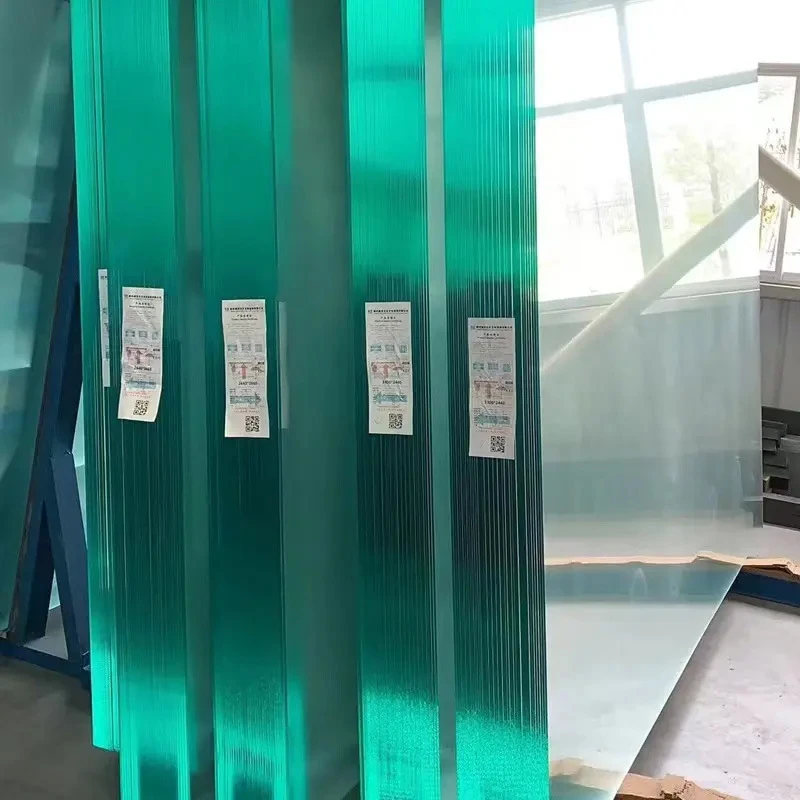When designing architectural marvels or creating distinctive interior designs, choosing the right type of glass can be crucial. Among various options, 10mm float glass stands out as a versatile and reliable material. Its significance lies not only in its basic structure but also in its exceptional properties and diverse applications.

Float glass production is a fascinating process that begins with raw materials such as silica, soda ash, and lime. These substances are melted at high temperatures in a furnace and then floated over molten tin to ensure a flat and uniform surface.
The result? A flawless glass with perfectly parallel surfaces.
The unique properties of 10mm float glass make it the material of choice for several industries. Its robustness is perhaps its most compelling feature—providing substantial resistance to impact, while maintaining a sleek, modern aesthetic. This balance between strength and beauty is perfect for spaces that require durability without compromising on design.

Architects and builders cherish 10mm float glass for its transparency and visual appeal, allowing seamless integration into structures where natural light is a priority. When utilized as windows in residential or commercial buildings, it maximizes sunlight, which not only reduces the need for artificial lighting but also promotes a healthier indoor environment.
In addition to its aesthetic applications, 10mm float glass serves practical purposes. It's frequently deployed in constructing exteriors, such as curtain walls and façade skylights, offering both functionality and contemporary charm. Its thickness provides excellent insulation properties, which contribute to energy efficiency—a critical consideration in modern design.
10mm float glass
10mm float glass exhibits an impressive degree of customization, allowing designers to tailor it to specific project needs. Whether it's beveling, etching, or tinting, this glass can be modified to suit aesthetic preferences and functional requirements. Its adaptability has led to innovative uses in furniture, interior partitions, and balustrades, significantly enhancing interior spaces with its versatility.
Furthermore, 10mm float glass meets high safety standards. It can be tempered to increase its strength dramatically while maintaining its lightweight form. In the unfortunate event of breakage, tempered glass shatters into small, blunt pieces, reducing the risk of injury—an essential feature for buildings that prioritize safety and security.
When experts discuss the environmentally friendly nature of building materials, 10mm float glass often emerges as a favorable option. It’s durable, long-lasting, and recyclable. Its production involves processes that continually evolve to become more eco-efficient, aligning with global sustainability goals. Architects and designers who are conscious of their environmental impact frequently turn to float glass as a sustainable building solution.
Trusting 10mm float glass means leaning on decades of material science and manufacturing innovations. It’s a choice backed by expertise and authoritative industry voices, ensuring its place at the forefront of construction and design. This reliability underscores its widespread use and the trust professionals place in its performance and adaptability.
In conclusion, the strategic selection and application of 10mm float glass can redefine spaces, offering a blend of elegance, safety, and efficiency. Its ability to harmonize with both modern and classic elements make it an indispensable part of contemporary architecture and design. Whether enhancing visual transparency or providing necessary strength, 10mm float glass remains a testament to the advancement and versatility of human engineering and design ingenuity.
 Afrikaans
Afrikaans  Albanian
Albanian  Amharic
Amharic  Arabic
Arabic  Armenian
Armenian  Azerbaijani
Azerbaijani  Basque
Basque  Belarusian
Belarusian  Bengali
Bengali  Bosnian
Bosnian  Bulgarian
Bulgarian  Catalan
Catalan  Cebuano
Cebuano  Corsican
Corsican  Croatian
Croatian  Czech
Czech  Danish
Danish  Dutch
Dutch  English
English  Esperanto
Esperanto  Estonian
Estonian  Finnish
Finnish  French
French  Frisian
Frisian  Galician
Galician  Georgian
Georgian  German
German  Greek
Greek  Gujarati
Gujarati  Haitian Creole
Haitian Creole  hausa
hausa  hawaiian
hawaiian  Hebrew
Hebrew  Hindi
Hindi  Miao
Miao  Hungarian
Hungarian  Icelandic
Icelandic  igbo
igbo  Indonesian
Indonesian  irish
irish  Italian
Italian  Japanese
Japanese  Javanese
Javanese  Kannada
Kannada  kazakh
kazakh  Khmer
Khmer  Rwandese
Rwandese  Korean
Korean  Kurdish
Kurdish  Kyrgyz
Kyrgyz  Lao
Lao  Latin
Latin  Latvian
Latvian  Lithuanian
Lithuanian  Luxembourgish
Luxembourgish  Macedonian
Macedonian  Malgashi
Malgashi  Malay
Malay  Malayalam
Malayalam  Maltese
Maltese  Maori
Maori  Marathi
Marathi  Mongolian
Mongolian  Myanmar
Myanmar  Nepali
Nepali  Norwegian
Norwegian  Norwegian
Norwegian  Occitan
Occitan  Pashto
Pashto  Persian
Persian  Polish
Polish  Portuguese
Portuguese  Punjabi
Punjabi  Romanian
Romanian  Russian
Russian  Samoan
Samoan  Scottish Gaelic
Scottish Gaelic  Serbian
Serbian  Sesotho
Sesotho  Shona
Shona  Sindhi
Sindhi  Sinhala
Sinhala  Slovak
Slovak  Slovenian
Slovenian  Somali
Somali  Spanish
Spanish  Sundanese
Sundanese  Swahili
Swahili  Swedish
Swedish  Tagalog
Tagalog  Tajik
Tajik  Tamil
Tamil  Tatar
Tatar  Telugu
Telugu  Thai
Thai  Turkish
Turkish  Turkmen
Turkmen  Ukrainian
Ukrainian  Urdu
Urdu  Uighur
Uighur  Uzbek
Uzbek  Vietnamese
Vietnamese  Welsh
Welsh  Bantu
Bantu  Yiddish
Yiddish  Yoruba
Yoruba  Zulu
Zulu 


